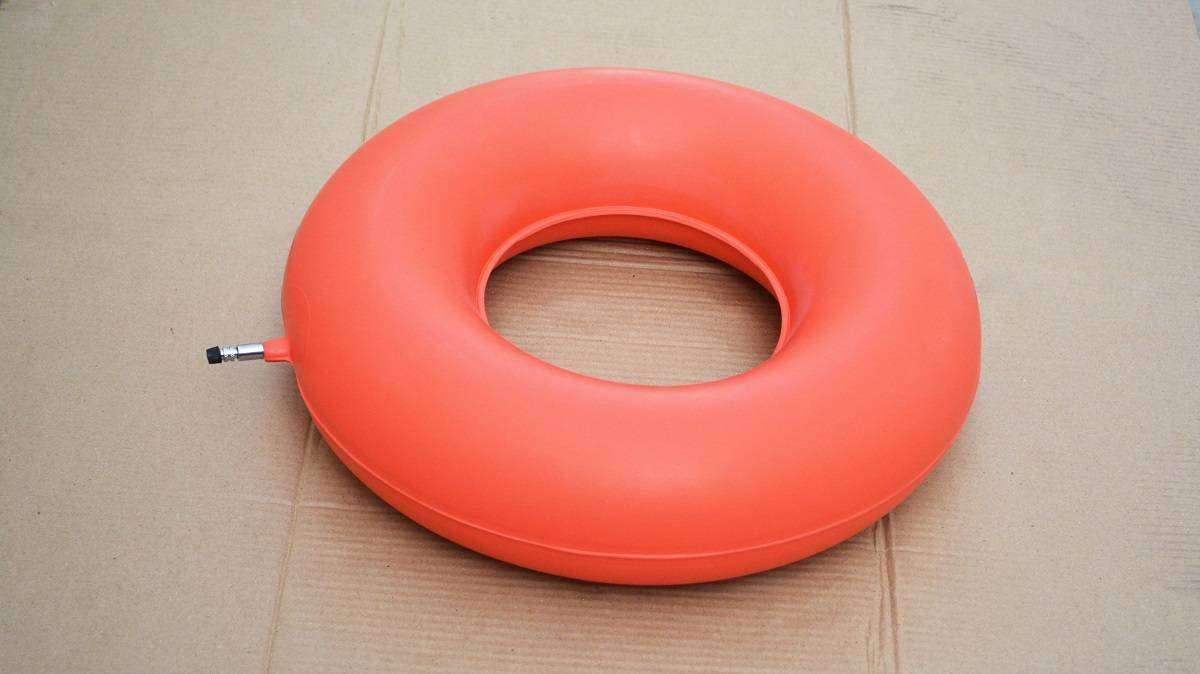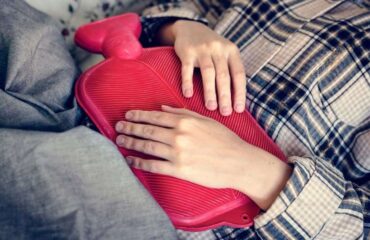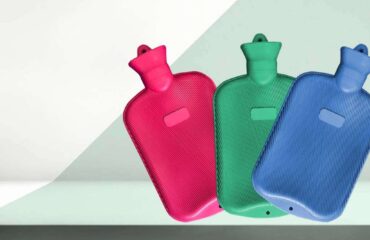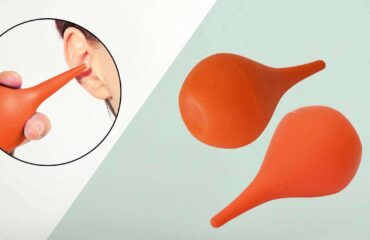Invalid ring cushions, also known as donut cushions or Air cushion, are typically designed to relieve pressure on the body, particularly in the pelvic or coccyx area. However, when they are referred to as “invalid,” it usually indicates that they are improperly used or ineffective in some way, often leading to discomfort or even potential harm. Here are a few examples of what might make a ring cushion “invalid”:

- Incorrect size or shape: A cushion that doesn’t fit the user’s body properly can cause uneven pressure distribution, potentially leading to discomfort or skin irritation.
- Poor material quality: Cushions made from low-quality materials may lose their shape or firmness quickly, losing their intended purpose of pressure relief.
- Inappropriate use: Using the cushion in the wrong context or for a purpose it wasn’t designed for, such as for prolonged use in situations where movement is needed, can lead to adverse effects.
- Inadequate air circulation: If the cushion doesn’t allow enough airflow, it can cause heat buildup and moisture accumulation, leading to skin irritation or other hygiene-related problems.
- Health risks: In some cases, overuse of a cushion, especially when used in a fixed position for too long, can cause or exacerbate health issues like muscle weakness or poor posture.
USES OF INVALID RING CUSHION
Invalid ring cushions, also known as donut cushions, are primarily designed to provide support and relieve pressure in specific areas of the body, usually the lower back, coccyx (tailbone), or pelvis. Despite the term “invalid,” which refers to an inappropriate or ineffective use, these cushions can still be helpful in certain contexts when used correctly. Here are some of the common uses for a ring cushion:
Relieving pressure on the coccyx or tailbone:
- For people with tailbone pain (coccydynia), the ring-shaped cushion helps distribute body weight around the coccyx, preventing direct pressure on the sensitive area.
- This is particularly useful after tailbone injury, childbirth, or for those with a pre-existing condition like hemorrhoids.
Post-surgery recovery:
- After surgeries such as hemorrhoidectomy or rectal surgery, these cushions can provide comfort and reduce strain when sitting, helping to prevent additional pressure on the surgical site.
- They may also help with recovery from spinal surgery by providing relief from pressure on the spine.
Comfort for people with limited mobility:
- People who have difficulty standing or moving around for long periods (such as those who are bedridden or in a wheelchair) can use these cushions to enhance comfort when sitting. The cushion helps to prevent pressure ulcers (bedsores) caused by prolonged sitting in one position.
Support for pregnant women:
- Pregnant women, especially during the third trimester, can use ring cushions to sit more comfortably by alleviating pressure on the lower back, hips, and pelvic area.
Relief for people with hemorrhoids:
- For individuals suffering from hemorrhoids, a donut cushion can relieve pressure on the anal area and provide comfort while sitting, making daily activities less painful.
Prevention of pressure sores:
- People who are in one position for an extended period (such as those in wheelchairs or bedridden patients) can use a ring cushion to help distribute pressure and reduce the risk of pressure sores.
Pain relief for chronic conditions:
- Conditions such as fibromyalgia, sciatica, or arthritis may benefit from the relief provided by a ring cushion, especially when sitting for long periods.
TYPES OF INVALID RING CUSHION
Inflatable Ring Cushions:
- Description: These cushions are filled with air and can be adjusted for firmness by adding or releasing air.
- Uses: Often used for coccyx pain, hemorrhoids, and post-surgical recovery. They are portable and can be deflated for easy storage or transport.
- Pros: Adjustable firmness, easy to store, and lightweight.
- Cons: Can deflate or puncture over time, offering less durability than other types.
Memory Foam Ring Cushions:
- Description: These cushions are made of viscoelastic memory foam that conforms to the shape of the body, providing firm yet comfortable support.
- Uses: Ideal for relieving pressure on the tailbone or pelvis, commonly used for long periods of sitting, such as for people with hemorrhoids or coccyx pain.
- Pros: Provides consistent support and comfort, retains shape over time.
- Cons: Heavier and bulkier compared to inflatable cushions; not as portable.
Gel-Filled Ring Cushions:
- Description: These cushions are filled with a gel material that helps distribute body weight evenly and provides cooling comfort.
- Uses: Commonly used for individuals who need to sit for extended periods or have conditions that require additional pressure relief, such as post-surgery recovery or conditions like pressure ulcers.
- Pros: Offers a cooler, more comfortable sitting experience, reduces pressure points effectively.
- Cons: Can be heavier and less portable than inflatable options.
U-Shaped Ring Cushions:
- Description: These cushions are designed with a cut-out section at the back (the “U” shape), which allows the tailbone or coccyx to remain free of direct pressure while sitting.
- Uses: Perfect for people with tailbone pain (coccydynia) or those recovering from hemorrhoid or rectal surgeries.
- Pros: Directly relieves pressure from sensitive areas, such as the coccyx or lower back.
- Cons: May not provide enough full-body support for some users, especially for those with other types of pain.
Soft Foam Ring Cushions:
- Description: These are made of soft, traditional foam material, providing a balance of comfort and support.
- Uses: Suitable for short-term use or for people who need moderate pressure relief without requiring specialized material like memory foam or gel.
- Pros: Affordable and comfortable for general use.
- Cons: May compress over time and lose effectiveness.
Vibrating or Heated Ring Cushions:
- Description: These cushions include built-in vibrations or heating elements, which can provide additional therapeutic benefits, such as muscle relaxation or increased blood circulation.
- Uses: Particularly useful for people with chronic pain, poor circulation, or those recovering from surgery.
- Pros: Provides added relief through soothing vibrations or heat, offering enhanced comfort.
- Cons: Requires power sources (batteries or charging), can be bulky.
Portable/Travel Ring Cushions:
- Description: These cushions are lightweight and designed for easy transport. Often inflatable or made of foam, they are intended to be used on the go.
- Uses: Ideal for people who need pressure relief during travel, at work, or in public places.
- Pros: Compact, easy to carry and use anywhere.
- Cons: May not provide as much long-term durability or support as larger, more permanent cushions.
Orthopedic Ring Cushions:
- Description: These are specialized cushions designed to provide orthopedic support and relieve pain from specific conditions like sciatica, coccyx issues, or pressure sores.
- Uses: Suitable for people with chronic pain or those undergoing rehabilitation.
- Pros: Tailored to provide support based on medical needs, often featuring ergonomic designs.
- Cons: Typically, more expensive and may be heavier than other types of cushions.
Washable Fabric-Covered Ring Cushions:
- Description: These cushions are made of foam or gel and are covered with a soft, washable fabric, making them easy to maintain.
- Uses: Ideal for long-term use, especially for individuals who are bedridden or sit for extended periods.
- Pros: Easy to clean, provides comfort and support.
- Cons: The fabric may wear out over time, and they can be bulkier.
Specialty Ring Cushions (for Postpartum or Surgery):
- Description: Designed specifically for recovery after childbirth or surgeries like hemorrhoidectomy or spinal procedures, these cushions often include additional padding or ergonomic shapes to meet the specific needs of the user.
- Uses: Postpartum recovery, surgeries involving the rectal or pelvic areas, or tailbone injuries.
- Pros: Specifically designed to address recovery and comfort in sensitive areas.
- Cons: May not be as versatile for other uses beyond their intended medical purpose.


